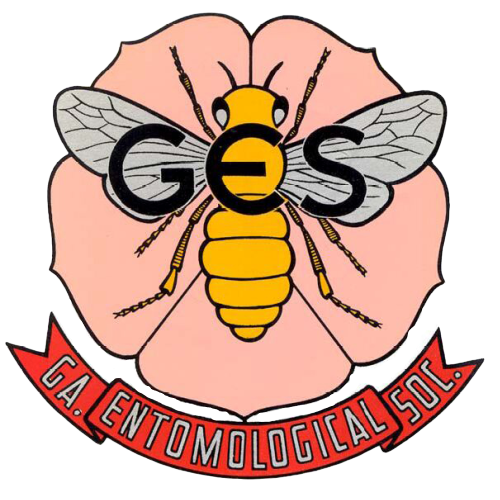Toxicity and Lethal Effects of Selected Insect Growth Regulators (IGRs) on Spodoptera frugiperda (Lepidoptera: Noctuidae)1
Abstract
Spodoptera frugiperda (J.E. Smith) (Lepidoptera: Noctuidae) is a polyphagous insect pest that is responsible for significant financial losses in important crops. Insect growth regulators (IGRs), such as lufenuron, diflubenzuron, and methoxyfenozide, may function as selective pesticides in an integrated pest management (IPM) program for S. frugiperda and other lepidopteran pests. Thus, this study examined the toxicity and biochemical effectiveness of 3 IGR insecticides against second-instar S. frugiperda larvae in laboratory testing. Furthermore, molecular docking analysis was used to assess each compound's binding to the enzymes glutathione-S-transferase (GST) (PDB ID: 1jlv), α-esterase (PDB ID: 4fng), and acetylcholine esterase (AChE) (PDB ID: 6tt0) to identify the molecular mode of action of the IGRs. Toxicity results indicated that lufenuron and diflubenzuron were the most toxic of the 3 IGRs tested against S. frugiperda, followed by methoxyfenozide, based on the median lethal concentration (LC50) values and 95% confidence interval limits. Furthermore, findings showed that treatment with lethal concentrations (LC50) of methoxyfenozide and lufenuron drastically shortened the duration of the larval and pupal stages of S. frugiperda. Compared to the control group, all tested pesticides had an inhibitory impact on AChE, α-esterase, and GST at 24 and 96 h after treatment. The molecular docking analysis revealed that each IGR tested presented a noteworthy propensity for binding to AchE, α-esterase, and GST, with energy scores varying between −4.927 and −7.115 kcal/mol. In addition to offering more effective pest control options for S. frugiperda, these findings should aid in the advancement of knowledge regarding the biochemical and molecular mechanisms of action of the evaluated IGR insecticides.
Contributor Notes
